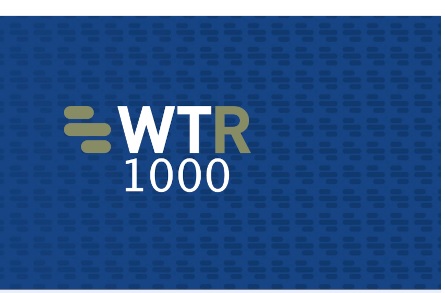A study published on 6th November 2018, by the European Patent Office (EPO) reveals that innovation in self-driving vehicles (SDV) is accelerating fast and finds that patent protection strategies in the area of self-driving vehicle technology more closely resemble those in the information and communication (ICT) sector than those in the traditional automotive industry.
The study, “Patents and self-driving vehicles”, carried out with the European Council for Automotive R&D (EUCAR), shows that the number of European patent applications related to automated driving has grown 20 times faster than other technologies in recent years: From 2011 to 2017, patent applications at the EPO for automated driving increased by 330%, compared to 16% across all technologies in the same period. And in the past ten years, the EPO received some 18 000 patent applications related to self-driving vehicles, with nearly 4 000 in 2017 alone.
As per the EPO President:
“This study provides a comprehensive picture of the trends in automated driving technologies as reflected in patents (…) Automotive and digital technologies are both traditionally very innovative sectors and the report shows that there is a crossroads where the two sectors meet which is marked by significant changes in its patent landscape. As patents are filed ahead of the appearance of products in the market place, information from patents can offer unique insights into the direction a technology is heading, and which companies and countries are in the lead (..) The study shows that Europe is well positioned in the key technologies related to self-driving vehicles.”

The study also shows that half of the top 25 companies active in this field at the EPO, including the top four applicants, are not traditional automotive/transport companies, but ICT firms.
Furthermore, it notes that patent protection strategies in SDV fields also differ from those usually observed in the automotive industry and are closer to those common in the ICT sector: SDV applications are filed more frequently with the EPO via the international PCT route, and on average span a larger number of jurisdictions.
You can download the Study HERE.
For more info about how we can help you on any patent matter, please click HERE.





